Cream of tartar mordant
What is a mordant?
The mordant is a substance used to modify the cell wall of the fiber to allow the color to penetrate and remain in the fiber over time.
There are many types of mordants, and their use depends on the type of fiber you are going to use, whether it is an animal or vegetable fiber, the dye you are going to use and the technique employed.
Potassium alum is one of the basic mordants in natural dyes and of course it is not toxic, in fact, if you are familiar with alum crystal deodorant, you should know that it is the same, but crystallized.
Cream of tartar mordant
When it comes to achieving vibrant and long-lasting colors in natural dyeing, the use of mordants is essential. One such mordant that is frequently employed in the dyeing process is «Cream of Tartar.» This versatile substance, derived from tartaric acid, plays a crucial role in enhancing the colorfastness of natural dyes and promoting even dye absorption.
In the world of natural dyeing, a mordant is a substance that helps bind the dye molecules to the fabric or fiber, ensuring that the color remains steadfast even after multiple washes. Cream of Tartar, also known as potassium bitartrate, excels in this role, especially when working with plant-based dyes.
Where Does Cream of Tartar Mordant Come From?
Cream of tartar, also known as potassium bitartrate, primarily originates from the sediments that accumulate inside wine barrels during the fermentation process. These sediments, resembling crystals, are a natural form of tartaric acid. When extracted and processed, they become cream of tartar. Tartaric acid is a natural byproduct of grape juice fermentation, which is why it is found in wine barrels.
To specifically obtain cream of tartar, the following steps are followed:
- Extraction of Sediments: After wine fermentation, sediments that have settled at the bottom of barrels are extracted. These sediments contain tartaric acid crystals.
- Washing and Purification: The sediments are washed and purified to remove any impurities or residues.
- Crystallization: The tartaric acid crystals undergo a crystallization process. During this process, tartaric acid combines with potassium to form potassium bitartrate, which is known as cream of tartar.
- Drying and Grinding: Cream of tartar crystals are dried and ground into a fine powder for use in various applications, including culinary, as a stabilizer for egg whites, or in the chemical and pharmaceutical industries.
Is Cream of Tartar mordant Sustainable?
Cream of tartar, also known as potassium bitartrate, is generally considered a sustainable product. Its sustainability stems from several factors:
- Natural Origin: Cream of tartar is a natural byproduct of the winemaking process. It is derived from the sediment that forms in wine barrels during fermentation, making it a renewable and naturally occurring resource.
- Waste Reduction: Cream of tartar production helps reduce waste in the winemaking industry. By extracting and utilizing the sediment, wineries can minimize the environmental impact of disposal.
- Versatile Applications: Cream of tartar has diverse applications, such as a stabilizer in cooking, a mordant in natural dyeing, and in the manufacturing of baking powder. Its versatility means that it contributes to the sustainability of multiple industries.
- Eco-Friendly Alternative: In culinary applications, cream of tartar often replaces synthetic additives, contributing to cleaner and more eco-friendly food preparations.
- Non-Toxic and Biodegradable: Cream of tartar mordant is non-toxic and biodegradable, making it safe for use in various applications without causing harm to the environment.
While cream of tartar itself is considered sustainable, it’s important to consider its overall impact, such as its sourcing and transportation. Purchasing cream of tartar produced by environmentally conscious manufacturers can further enhance its sustainability.
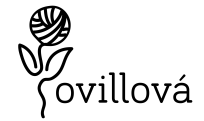
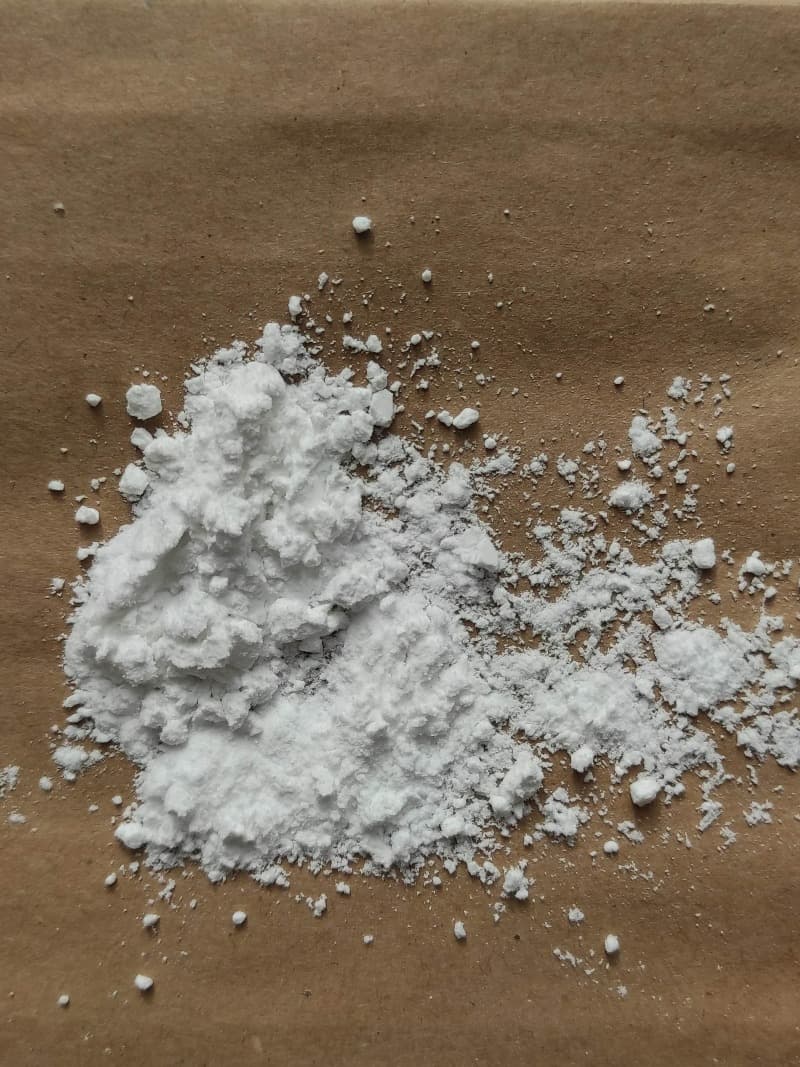

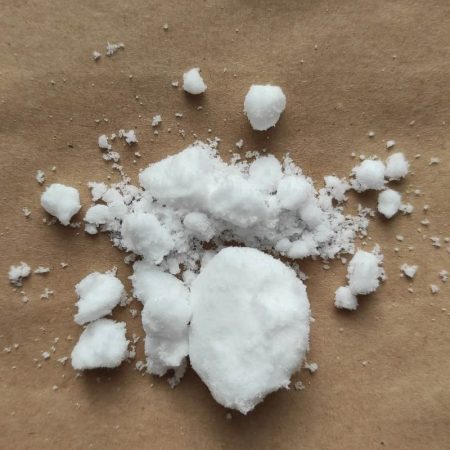
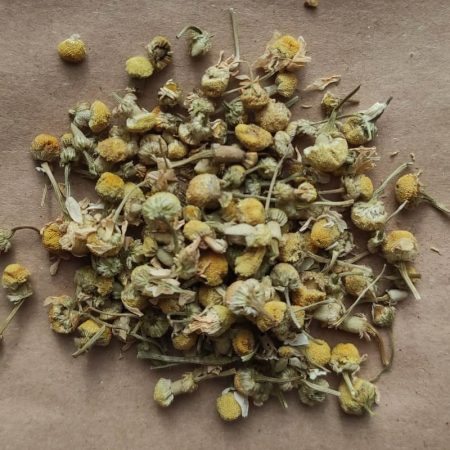
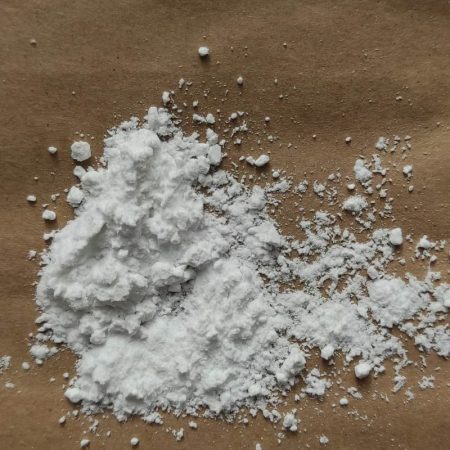
Valoraciones
No hay valoraciones aún.